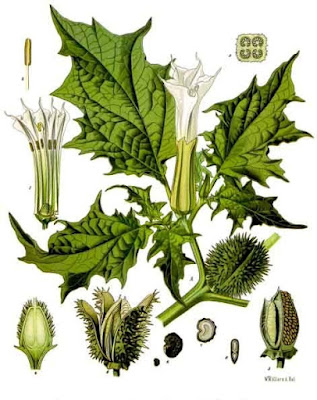Jean Nicot stayed in Lisbon as the French ambassador from 1547 to 1559 under Henrique II, under king Francis II from 1559 to 1560, and from 1560 to 1574 under Charles IX. In 1559 he was responsible to negotiate the marriage of princess Margaret of Valois to King Sebastian of Portugal. Besides any possible political and diplomatic value, his name is eternalized thanks to the tobacco plant, whose scientific name is Nicotiana tabacum.
Tobacco is a native plant in tropical and subtropical areas of America, and at the time of European colonization it was already spread and in use across the entire continent. Seeds of the plant arrived in Europe in 1559 thanks to transoceanic voyages, and in France in 1556 thanks to André Thevet.
Nicot spread tobacco seeds and leaves from Portugal to the French court for its medicinal properties. Among the many effects of this drug, it seems that the ability to cure headache was particularly appreciated by Caterina de’ Medici and the royal family, earning the plant the name of herbe à la Reine.
That was a great success, to the point that in 1586 the botanist Jaques Dalechamps named the plant Herba nicotiana, later retained by Linnaeus. Eventually, the alkaloid extracted from the plant acquired the name of nicotine. [Silvana Munzi]





